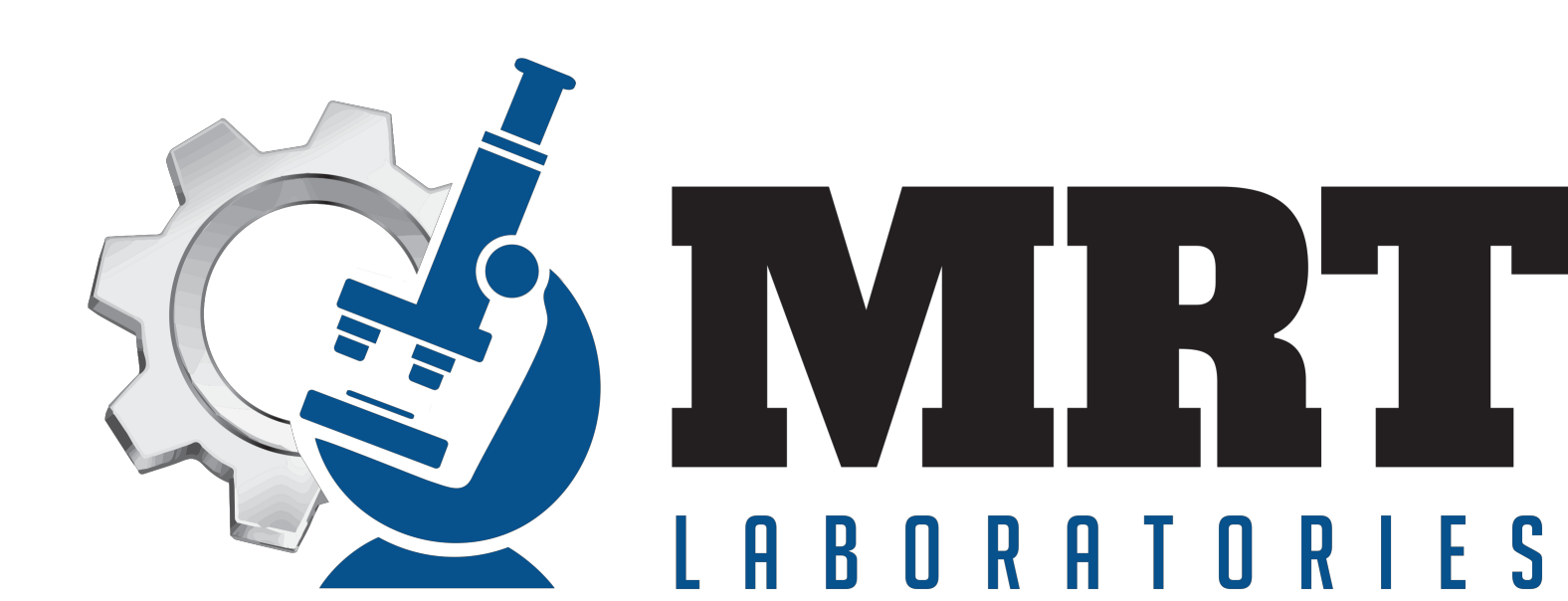In-service Lube Oil Sampling, Pt. 1
Collect the best oil sample with the correct type of container


Oil sampling is a critical aspect of predictive maintenance for lubricated machinery and equipment. By regularly monitoring the condition of lubricating oil, maintenance professionals will: (1) detect issues at an early stage and minimize unanticipated catastrophic failure events, and (2) make informed decisions about when to perform maintenance or replace components.
Draw the most representative sample in any circulating or non-circulating lubrication system. A representative sample provides very useful information about machine condition, oil condition, and the nature of fluid contamination, which are the three main categories of information contained within a used oil analysis report. An improperly drawn oil sample may lead to taking unnecessary corrective action or, perhaps even worse, not taking corrective to prevent unexpected downtime and loss of production and revenue. Gathering the most representative oil sample starts with using high quality sample bottles with exceptional cleanliness.
Always use super clean sample bottles
Sample bottles need to be super clean. If new sample bottles are not free of contaminants, the bottle contaminants may be misinterpreted as coming from the equipment. “Noise” refers to contamination material that is present in a new sample bottle before the oil is collected. “Signal” is the term for the contaminants in an oil sample from fluid degradation, lube system contamination such as debris and water, and microscopic equipment wear particles. We only want to analyze the “signal” and we do not need interference from the “noise” of a dirty sample bottle. In other words, we need to ensure that we have a high signal to noise ratio.
The International Standards Organization (ISO) has established standards for bottle cleanliness. The ISO standard is ISO 3722. Below is the ISO table for sample bottle cleanliness.
ISO 3722 Bottle Cleanliness Levels Bottle Cleanliness
Specification
Clean Has less than 100 particles greater than 10 microns per ml of fluid.
Super Clean Has less than 10 particles greater than 10 microns per ml of fluid.
Ultra Clean Has less than 1 particles greater than 10 microns per ml of fluid.
Consider not only sample bottle cleanliness, but also sample bottle material. The primary alternatives for oil sample bottles are high density polyethylene (HDPE), polyethylene terephthalate (PET), polypropylene (PP), aluminum, and glass. HDPE containers are the most durable under high temperatures but are typically either translucent or opaque in appearance. PET are transparent, so it’s easy to see through the bottle wall at the sample appearance, but the material has a lower heat tolerance. PP has a good balance between a semi-transparent appearance and acceptable heat tolerance. Aluminum samples bottles are best for heat transfer oils for maximum heat tolerance. Glass sample bottles are an excellent, all-around alternative for holding samples but are often not practical since they are fragile for shipping and collection in the field. Glass samples are available up to ultra-clean whereas the plastic bottles are only available up to super-clean. Fluid samples that are hygroscopic are ideal candidates for using glass sample bottles since glass provides more protection from atmospheric moisture than plastic bottles, which “breath.” The most common oil sample bottle material is polypropylene. Continuing next week with proper sampling locations.
Gene Wagenseller, CLS, OMA II, MLT II, MLA III, MLE
MRT Laboratories
